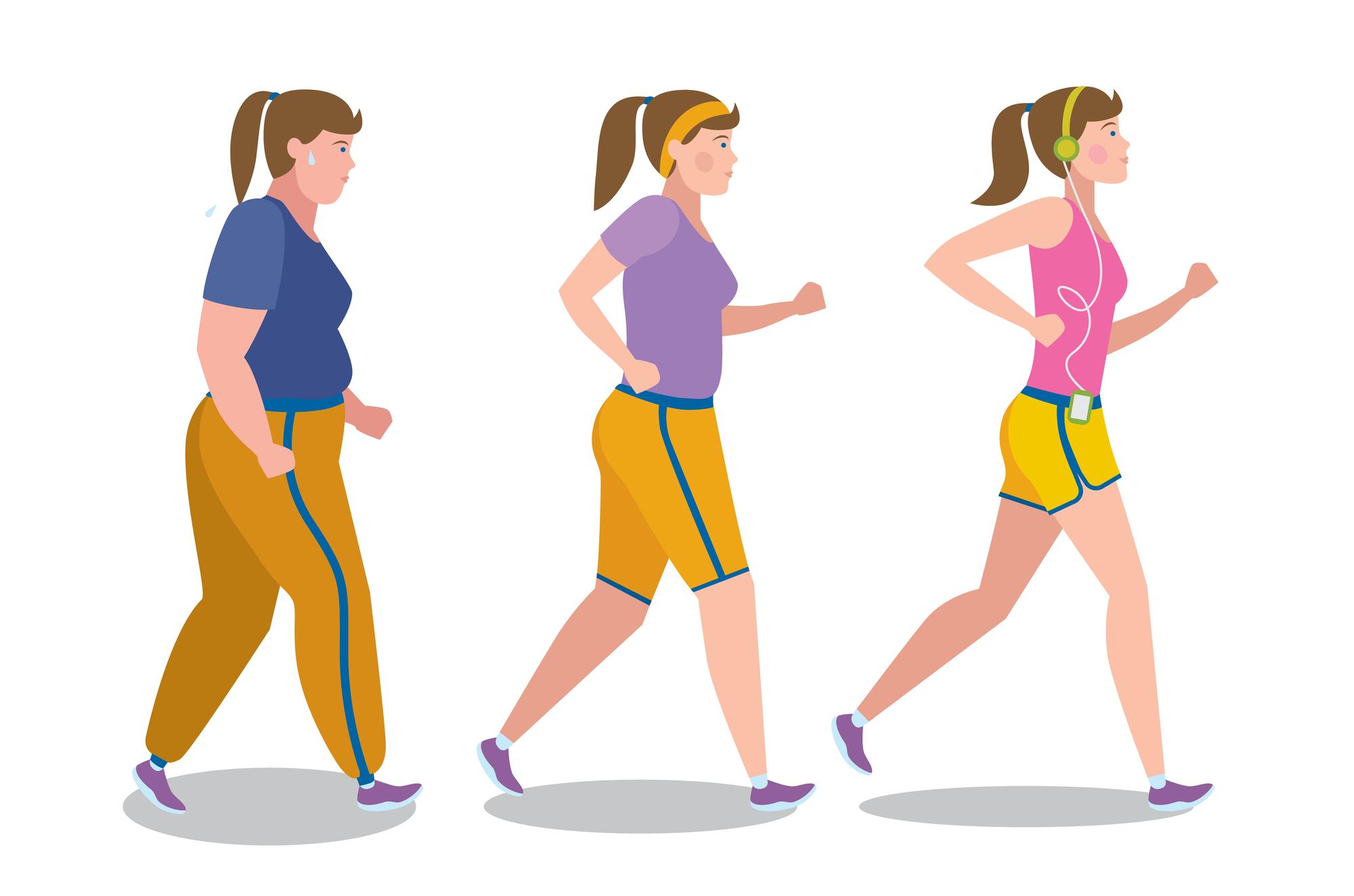Maintaining a healthy midsection might do more than make you look nice; it can also help you live longer. If you have a larger waistline, you are more prone to get heart disease, diabetes, and cancer. You cannot lose abdominal fat in a certain method while you diet. But lowering weight overall will help you remove the dangerous layer of visceral fat and shrink your waistline. Visceral fat is a kind of fat that accumulates within the abdominal cavity and exacerbates health concerns.
The most effective way to reduce weight in a healthy way
Each diet book will promise to teach you all you need to know to lose weight and keep it off. Some argue that the solution is to eat less and exercise more, others argue that a low-fat diet is the only way to proceed, and others argue that carbohydrates should be avoided.
There is no one healthy technique to reduce weight that works for everyone. What works for one person cannot work for you because our bodies respond differently to various diets depending on our genes and other health conditions.
Discovering the ideal technique for losing weight will likely involve time, patience, determination, and experimentation with various food items and diets. Some individuals perform well when they count calories or use other restrictive strategies to lose weight, while others do better when they have more flexibility to lose weight.
They are more likely to succeed if they are free to avoid fried meals or dramatically reduce their intake of refined carbohydrates. Don’t beat yourself up if a diet that worked for someone else will not work for you. And don’t be too harsh on yourself if you find it tough to stick to a diet. Finally, a diet is only beneficial if you can stick to it.
How can I lose weight safely?
Trying to lose and maintain weight might be difficult and confusing initially, but if you start a proper exercise and food plan, your health and weight should improve dramatically. Aim for a weekly weight loss of no more than 0.5 to 1 kg (approximately 1 to 2 pounds), or 10% of your body weight in 6 months.
Try reducing carbohydrates rather than fats.
During six months, Johns Hopkins researchers assessed the effect on the heart of weight reduction with such a low-carbohydrate diet vs. a low-fat diet. Both diets included the same number of calories, but participants on the low-carb diet lost 10 pounds more than those on the low-fat diet, 28.9 pounds against 18.7 pounds.
Stewart claims that another advantage of a low-carb diet is that it aids in weight loss. As you lose weight, you lose fat but frequently undesirable muscle. Both diets lost 2 to 3 pounds of healthy lean tissue and fat.
Consider an eating plan rather than a diet.
It would help if you committed to a healthy eating plan. The advantage of a low-carb diet is that it just entails learning to choose healthier meals. A low-carb diet generally involves eating fewer bread, bagels, and sodas, which are heavy in carbohydrates and sugar and lack fiber. Instead, you consume more veggies, legumes, and fiber- and protein-rich meats.
Keep going.
Working on exercise may help you lose belly fat. One of the nicest aspects of exercising is that it provides a lot of bang for your money regarding how your body looks. He claims exercise is particularly effective in reducing belly fat because it decreases the amount of insulin in the blood, which would normally signal the body to store fat.
This causes the liver to utilize fatty acids, especially those close to visceral fat stores. The amount of exercise required to reduce weight varies on your objectives. For most individuals, this means 30-60 minutes of moderate to strenuous daily activity.
Raise weights.
Even a bit of strength training combined with an aerobic activity helps grow lean muscle mass, which causes you to burn more calories throughout the day, even when you are not doing anything.
Read labels.
Compare and contrast various brands. Stewart claims that certain yogurts make this claim, such as those that claim to be low in fat but rich in carbohydrates and added sugars. Gravy, mayonnaise, sauces, or salad dressings are often high in calories and fat.
Quit consuming manufactured meals.
Trans fats, added sugar, salt, and sodium are often found in high concentrations in packaged products and snack meals. All three of these factors make it difficult to lose weight.
Concentrate on how your clothes fit rather than a number on a scale.
The number on your bathroom scale may not vary much as you increase muscle and reduce fat, but your jeans will grow tighter. That’s a better indication of how far we’ve progressed. Your waistline must be less than 35 inches for women and less than 40 inches for men to reduce your risk of heart disease and diabetes.
Spend time with folks who are passionate about health.
According to research, if your friends and family eat healthier and exercise more, you will most likely do the same.




